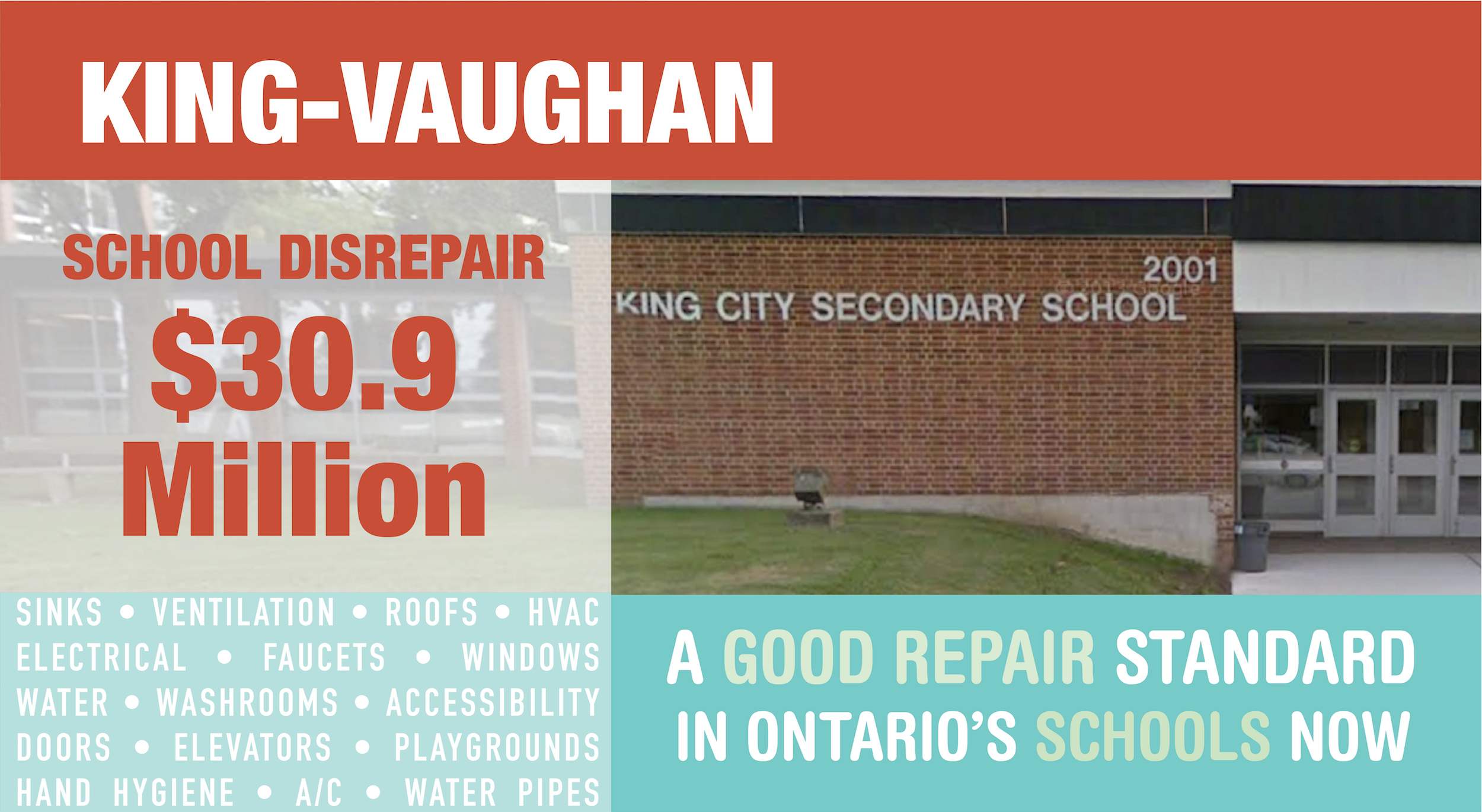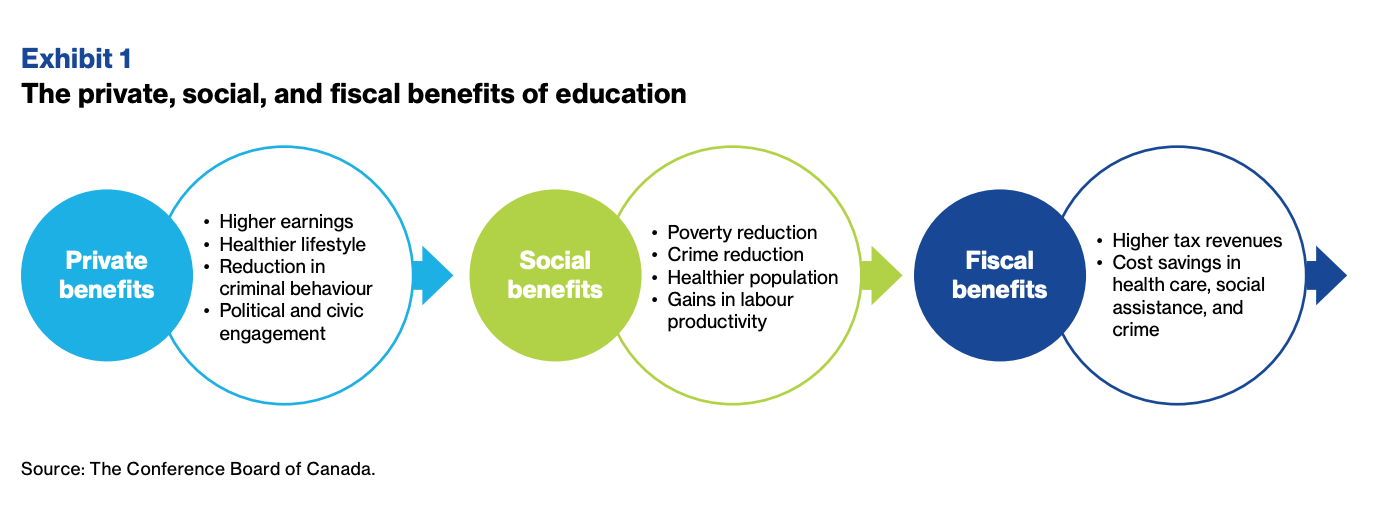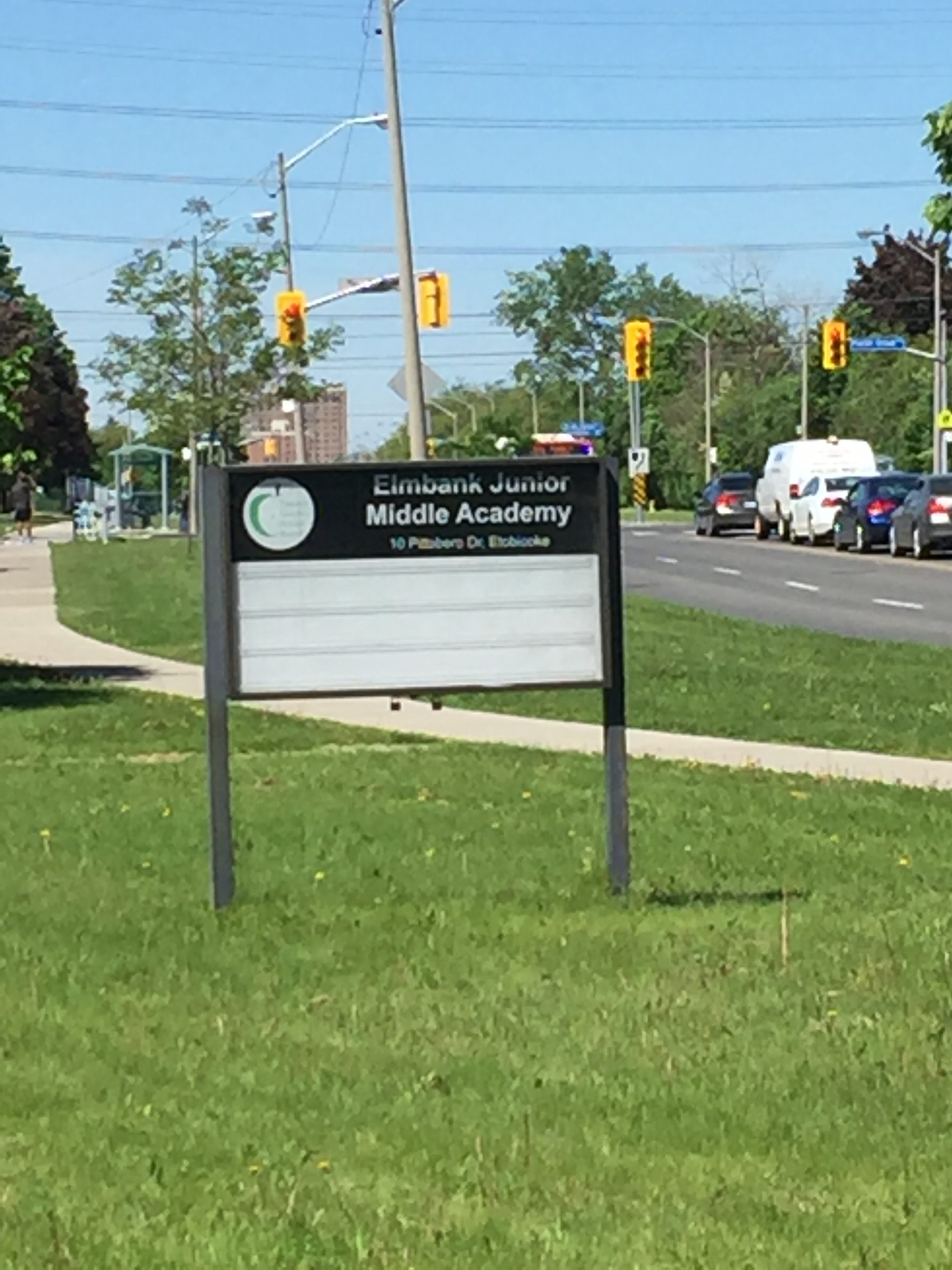Dear Education Minister Lecce,
Did you know there is $30.9-million of disrepair in the publicly funded schools in your riding of King-Vaughan?
 We wanted to share the following details of disrepair in each school in your riding in the hope that this detailed information would underscore the importance of developing standards of good repair for Ontario schools and also the importance of providing the adequate, stable provincial funding to school boards required for them to meet those new standards and eliminate the $15.9-billion repair backlog that plagues Ontario’s schools:
We wanted to share the following details of disrepair in each school in your riding in the hope that this detailed information would underscore the importance of developing standards of good repair for Ontario schools and also the importance of providing the adequate, stable provincial funding to school boards required for them to meet those new standards and eliminate the $15.9-billion repair backlog that plagues Ontario’s schools:
Total disrepair in each publicly funded school in King-Vaughan Riding:
| Blessed Trinity CES | $ 452,608 |
| Divine Mercy CES | $ 83,756 |
| Father John Kelly CES | $ 1,010,389 |
| Holy Jubilee CES | $ 34,983 |
| Our Lady of Peace CES | $ 1,769,886 |
| St. Cecilia CES | $ 37,000 |
| St. David CES | $ 2,854,179 |
| St. James CES | $ 58,305 |
| St. Joan of Arc CHS | $ 6,593,572 |
| St. Mary CES | $ 771,710 |
| St. Mary of the Angels CES | $ 45,000 |
| St. Raphael the Archangel CES | $ 65,000 |
| Discovery PS | $ 862,400 |
| Dr. Roberta Bondar PS | $ 20,280 |
| Glenn Gould PS | $ 30,500 |
| Herbert H. Carnegie PS | $ 135,876 |
| Joseph A Gibson PS | $ 2,245,020 |
| Julliard PS | $ 721,300 |
| Kettleby PS | $ 1,136,682 |
| King City PS | $ 50,700 |
| King City SS | $ 6,705,420 |
| Mackenzie Glen PS | $ 354,620 |
| Maple Creek PS | $ 745,200 |
| Maple HS | $ 650,920 |
| Michael Cranny ES | $ 387,500 |
| Nobleton PS | $ 1,573,900 |
| Teston Village PS | $ 346,300 |
| ÉÉC LePetitPrince | $ 1,217,134 |
School conditions matter. They impact student learning, attendance, and health.
We ask that you and your government please prioritize schools as critical infrastructure and take the steps necessary to ensure that the disrepair in all of Ontario’s publicly funded schools is eliminated and that schools are safe, healthy, well-maintained buildings that provide environments conducive to learning and working. We look forward to hearing back from you with details on your plan to Fix Ontario’s Schools.
PLEASE NOTE: Fix Our Schools is relying on the most recent disrepair data provided by the Ministry of Education in Fall 2017 and has mapped postal codes provided by the Ministry for each school to riding postal code information from a third party. Therefore, it is possible that there may be small errors in the data provided here and we would be grateful if community members would contact us with any errors.









